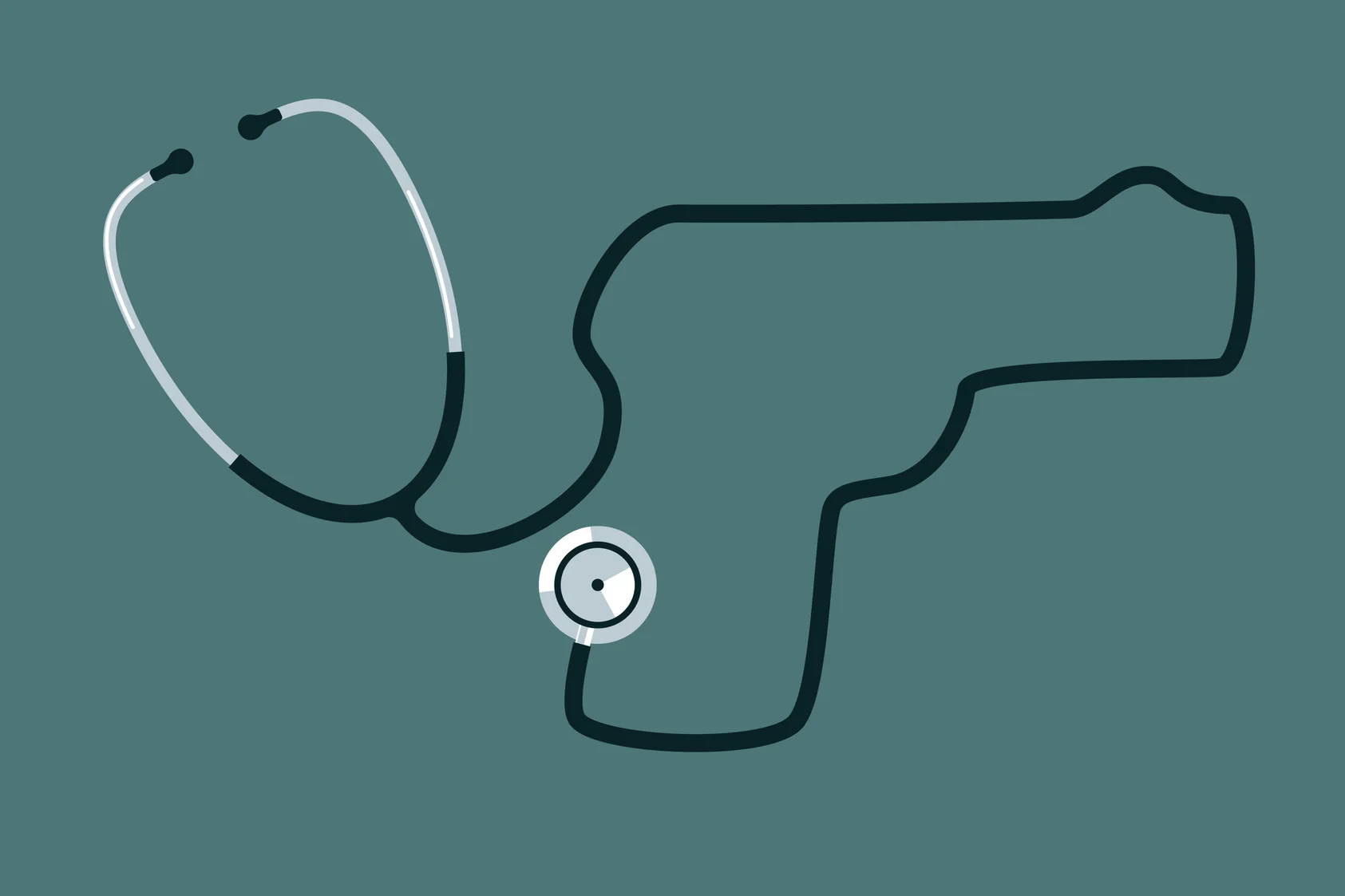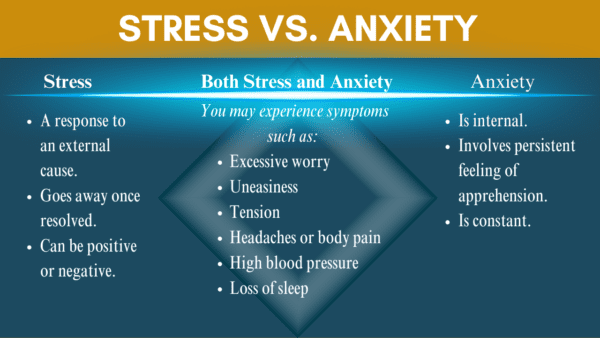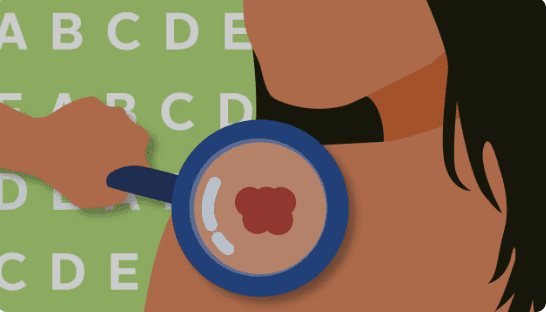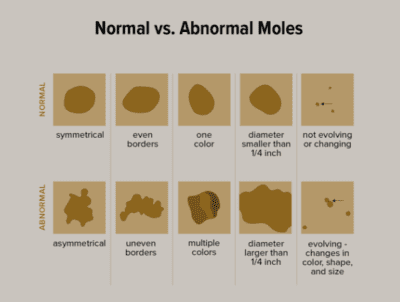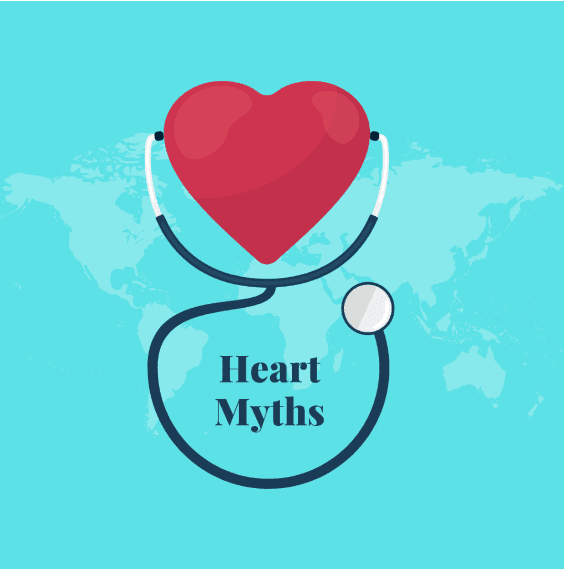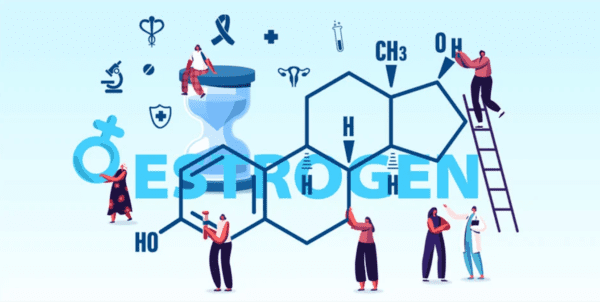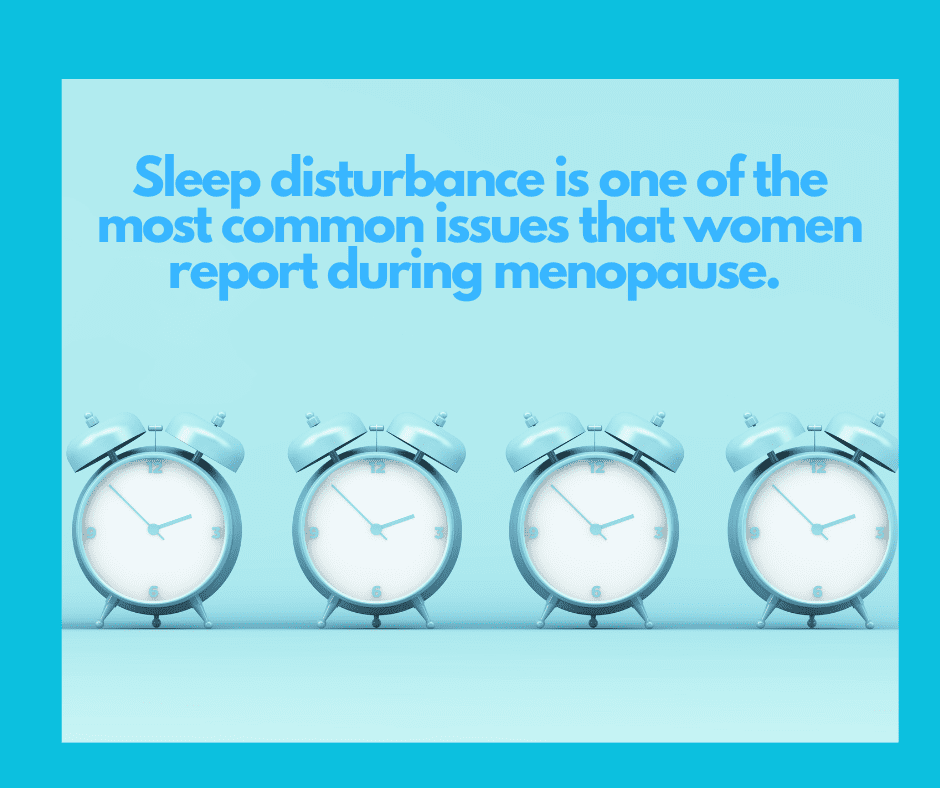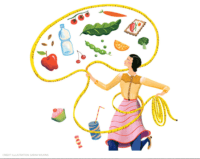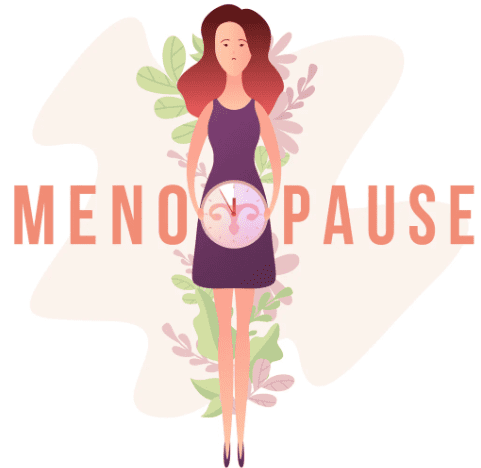Public Health Epidemic of Gun Violence
Gun Violence – A Public Health Crisis
Sadly, firearms are the leading cause of death in children in the United States. These deaths are completely preventable and occur at a rate more than 5x higher than drownings.
June is National Gun Violence Awareness Month.
TOP TIPS for PREVENTING FIREARM DEATHS
As with any health-related problem, prevention through education is a critical component. Did you know that firearms are present in 1/3 of households with children?
- The best way to keep children safe is NOT to have a gun in the home.
- If it is necessary to keep a gun in the home, safe storage is critical. Guns should be kept unloaded and ammunition should be stored separately. Both should be locked and inaccessible.
- Parents should speak to caregivers in homes where young children are visiting/playing about guns in caregivers’ homes.
- Talk to older kids about guns and safety.
9 Critical Warning Signs of Violence
In almost every documented case of active shooters, there were warning signs. In 4 out of 5 school shootings at least one other person had knowledge of attackers plan but failed to report it.
- Suddenly withdrawing from friends, family and activities (including online or via social media)
- Bullying, especially if targeted towards differences in race, religion, gender or sexual orientation
- Excessive irritability, lack of patience, or becoming angry quickly
- Experiencing chronic loneliness or social isolation
- Expressing persistent thoughts of harming themselves or someone else
- Making direct threats toward a place, another person, or themselves
- Bragging about access to guns or weapons
- Recruiting accomplices or audiences for an attack
- Directly expressing a threat as a plan

Reporting warning signs of violence is critical to decreasing the risk of gun violence in our community.
Advocacy to protect children from gun-violence must take place at a national level to have meaningful impact. Basic measure such as stopping assault weapon sales and advocating for high-capacity magazine limits, alongside ammunition regulation, required background checks, and increasing gun manufacturer liability will be critical.

